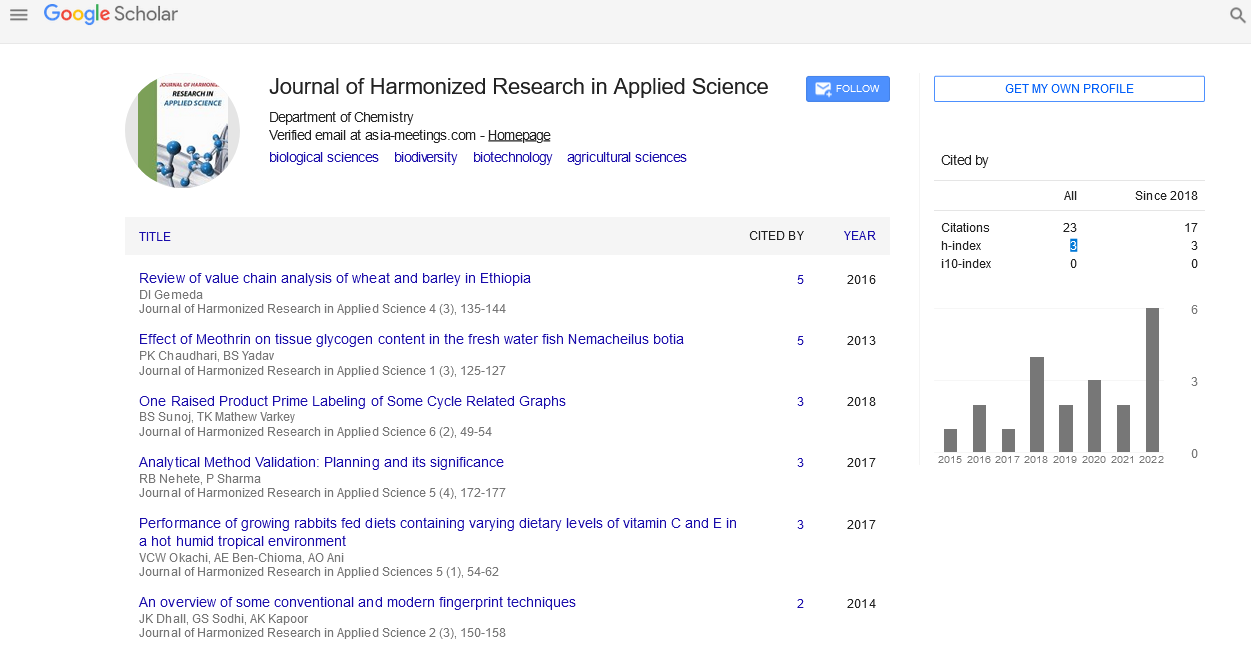PREVALENCE RATES OF INTERNET ADDICTS BEFORE AND AFTER YOGA PRACTICES USING YOUNG?S SCALE
Abstract
Author(s): Sadhna Dadhore* and Paran Gowda
Since 1996, many studies are carried out on Kimberly S Young’s 8 and 20 questionnaires. But there were no primary treatment methods in correcting the prevalence and socio-demographic rates of internet addiction cases. In this study, we hypothesized that yoga is a skilled tool to tackle internet addiction. The aim is to evaluate prevalence rates of internet addiction during the pre-post yoga practices among the school and college going students in Bhopal city of Madhya Pradesh, India. A package of yoga techniques are developed for addressing the internet addict cases. Both quantitative and qualitative analysis is carried out in this paper. A cross sectional sample size of 299 cases comprising of school, college students are selected for our studies. To evaluate the addiction cases, we have used Young’s 20 item questionnaire. Our hypothesis is proved to be significant with‘t’value 71.14 with p value 0.0001. We found 3 categories of prevalence rates viz; shift users from pre yoga 3.2 % to post 92.03% increase, while mild users reduced from 25.91% to 7.90 during pre and post yoga and final category often users from 73.58% to 0% users and there are no severe cases. Based on findings we may conclude that there is a significant reduction in the internet addicts in addicted cases. The present paper’s pre yoga, data are compared with the surwase et al. results where percentage varied from 90 to 99%, mild, normal, moderate cases. A comprehensive study is required to carry out the clinical studies combine with yoga.










